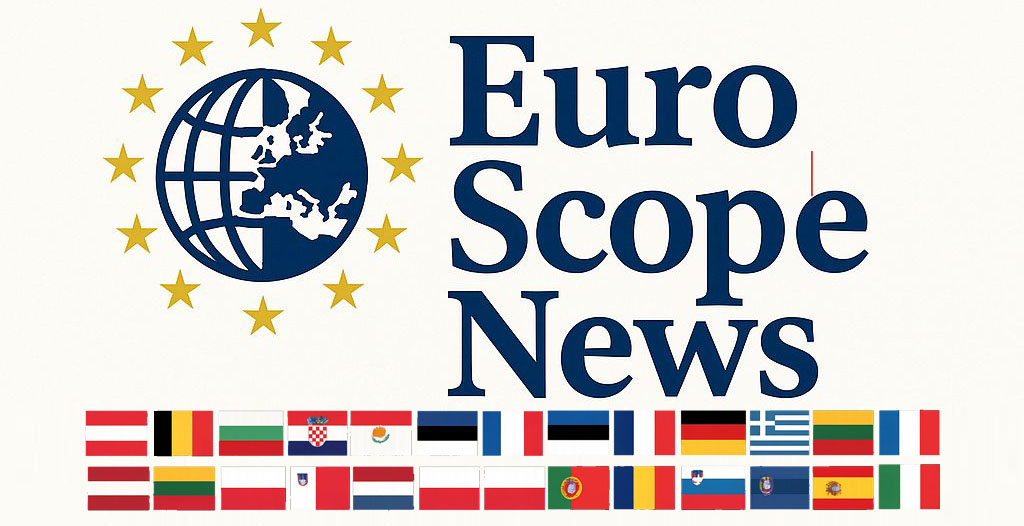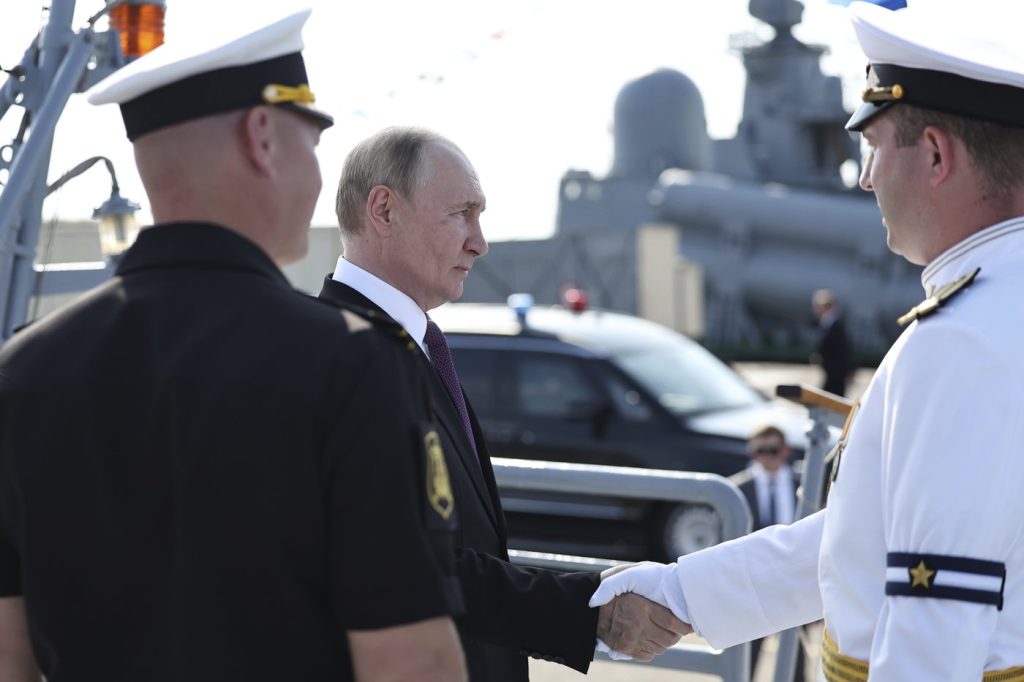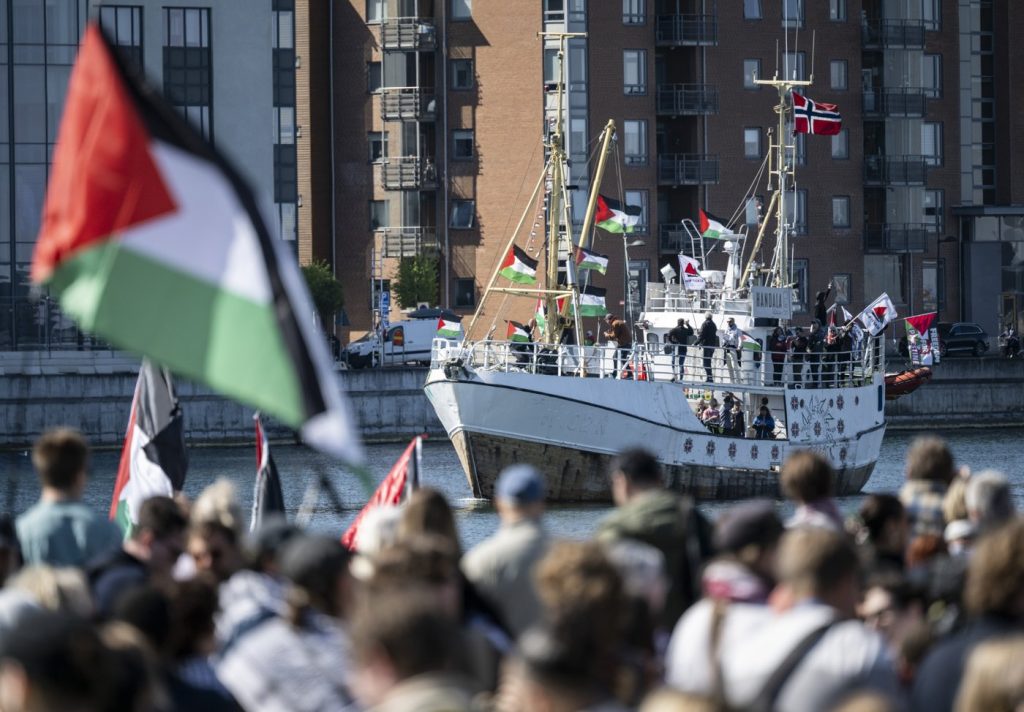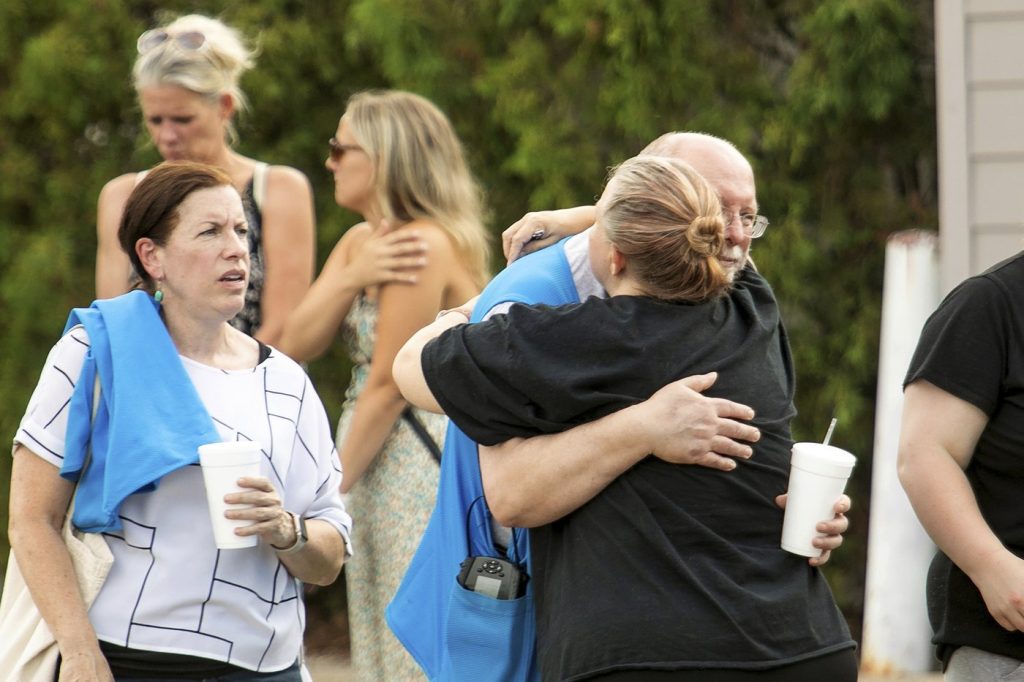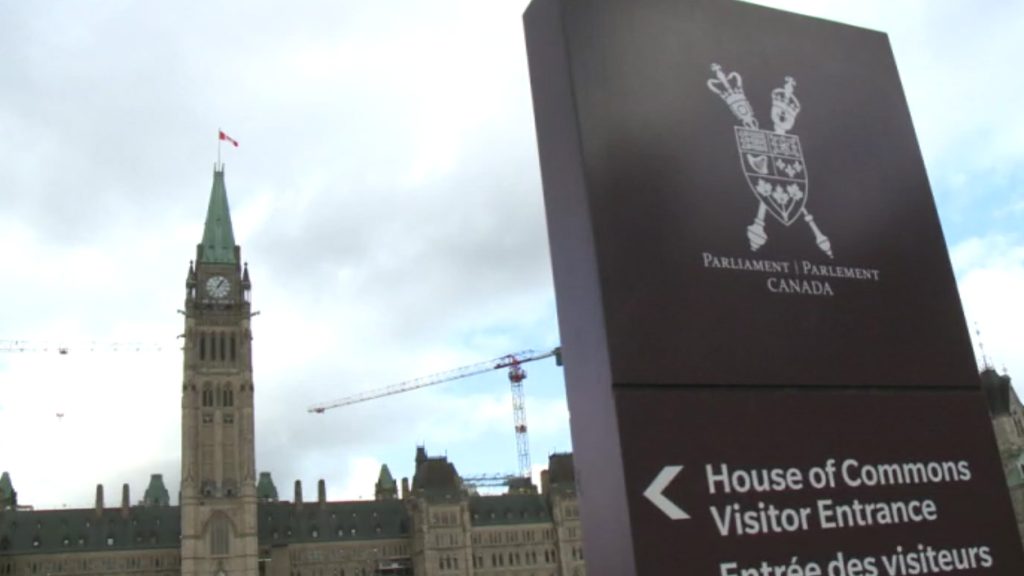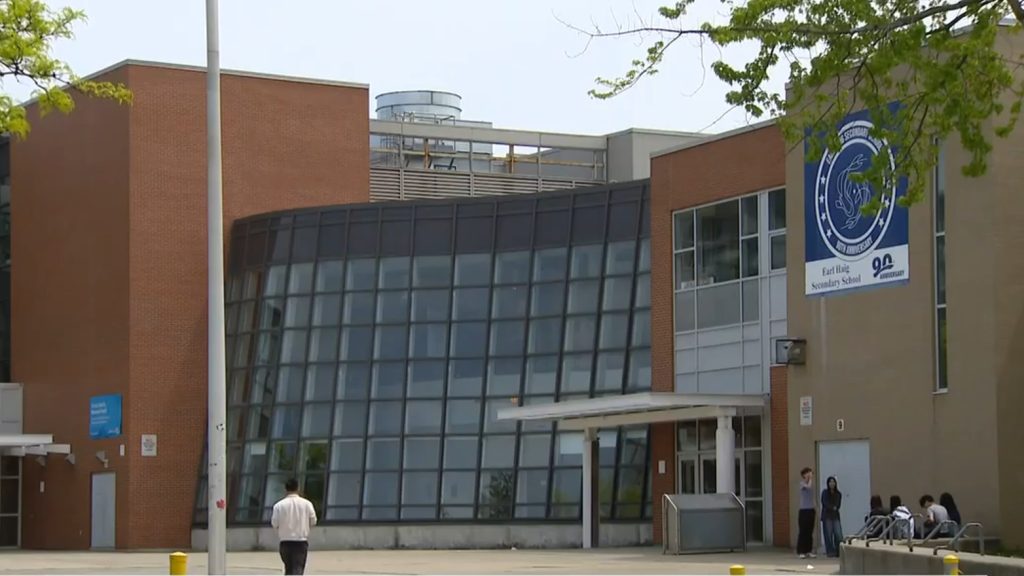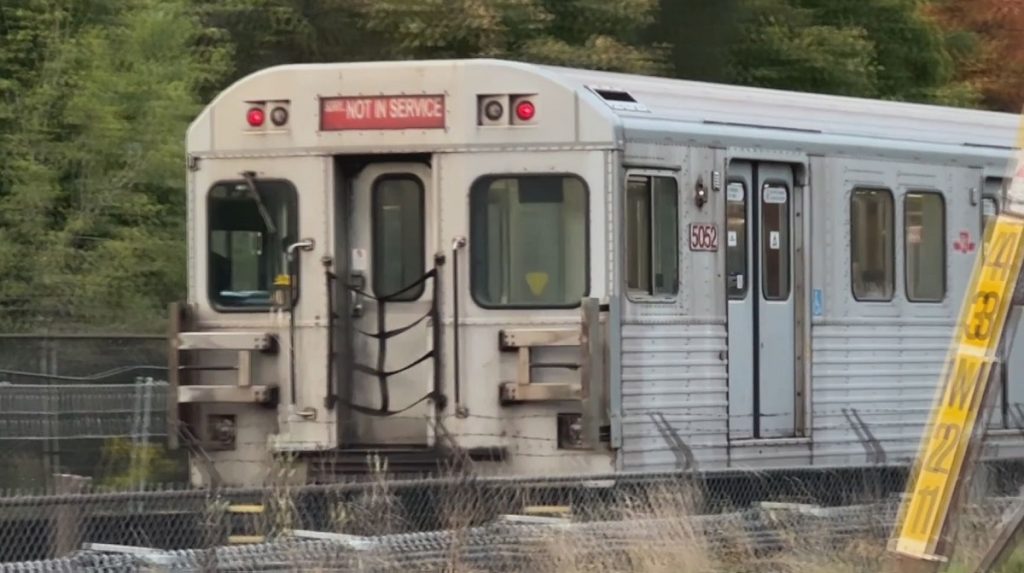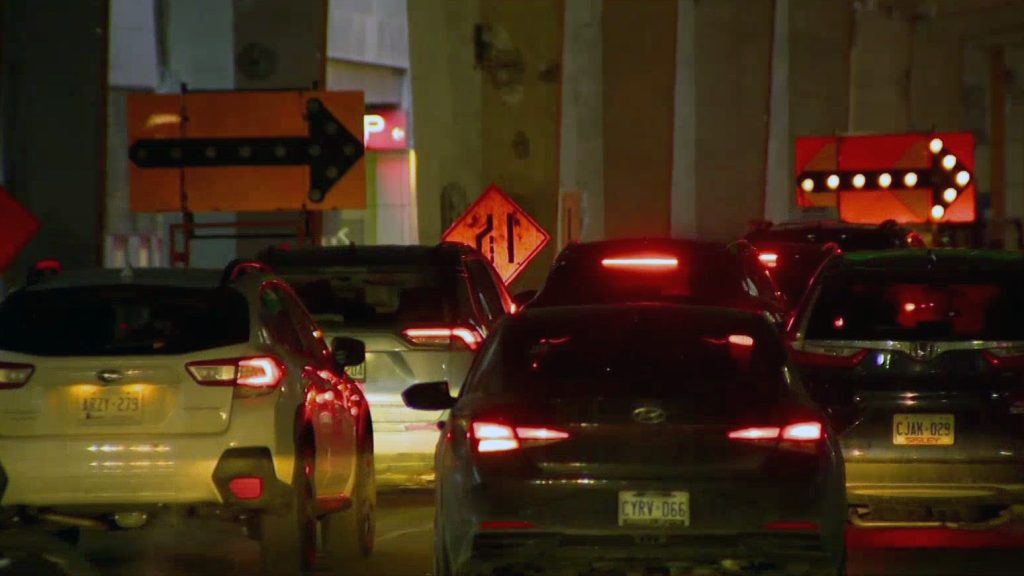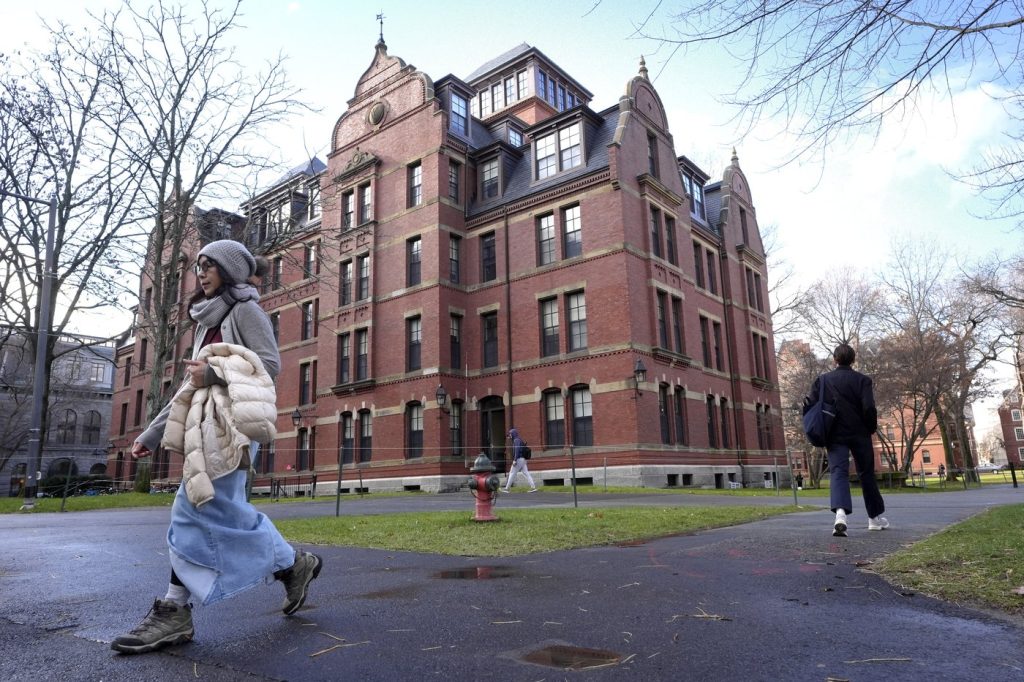On Sunday, Russia reduced the scale of its annual Navy Day celebrations due to heightened security concerns stemming from ongoing Ukrainian drone attacks. This decision led to the cancellation of traditional parades that typically take place in prominent locations such as St. Petersburg, the Kaliningrad region on the Baltic Sea, and the far-eastern port of Vladivostok.
Kremlin spokesman Dmitry Peskov addressed the reasons for the cancellation of the St. Petersburg parade, even as President Vladimir Putin arrived in his home city for a visit to the navy headquarters. Peskov stated that the cancellations were “linked to the overall situation, security reasons, which are above all else.”
The Russian Defense Ministry reported that its air defenses intercepted 99 Ukrainian drones over various regions overnight. Later in the day, an additional 51 drones were brought down near St. Petersburg. Unfortunately, a man was killed, and three others were injured by falling drone fragments in the vicinity of the city. As a precautionary measure, Pulkovo Airport in St. Petersburg suspended dozens of flights due to the drone threat.
During his visit to St. Petersburg, President Putin inspected the historic Admiralty building, where he received reports regarding the completion of four days of naval exercises named July Storm. This large-scale exercise involved 150 warships operating from the Baltics to the Pacific. Putin emphasized the need to increase the production of warships and improve naval training, declaring that “the navy’s strike power and combat capability will rise to a qualitatively new level.”
Putin also commended the crew of the Admiral Grigorovich frigate of the Baltic Fleet for successfully repelling a Ukrainian drone attack earlier that day. This reduction in Navy Day festivities highlights Moscow’s escalating concerns about the persistent drone assaults from Ukraine.
Over the course of the war, now entering its fourth year, Ukrainian forces have successfully targeted multiple Russian warships, notably sinking several in the Black Sea, which significantly weakened Moscow's naval capabilities. This forced Russia to reposition its fleet from Crimea, which is under occupation, to the port of Novorossiysk for increased safety.
In a notable attack on June 1, codenamed “Spiderweb,” Ukraine deployed drones to target several Russian air bases housing long-range bombers, extending from the Arctic Kola Peninsula to Siberia. Launched from trucks discreetly stationed near these bases, the drones struck with surprising effectiveness, damaging or destroying many bombers utilized in the aerial bombardment of Ukraine. This incident provided a significant morale boost to Kyiv as its armed forces faced Russian offensives along a vast 1,000-kilometer (approximately 600-mile) front line.
Despite these challenges, Russia continued to launch drone and missile strikes against Ukraine on the same day. In northeastern Ukraine, a drone attack caused damages to civil infrastructure, leaving three individuals injured. Additionally, two men were killed by land mines, and another woman sustained injuries from a drone strike in another community in the region, according to the local military administration.
French President Emmanuel Macron expressed continued support for Ukraine during a phone call with Ukrainian President Volodymyr Zelenskyy on Sunday. After the conversation, Macron publicly reaffirmed France’s commitment to assisting Kyiv and pledged to increase pressure on Moscow to negotiate a ceasefire that would lead to robust and lasting peace, with full involvement from European nations.
